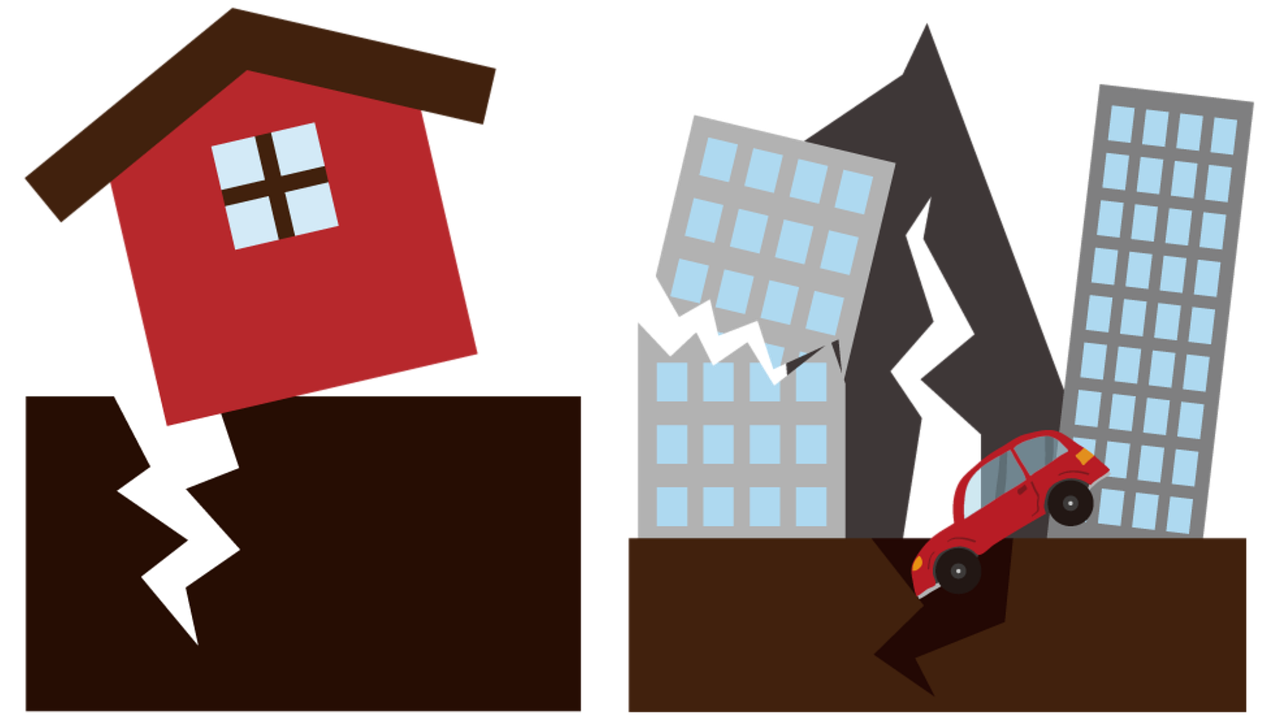Table of Contents
ToggleIntroduction:
Erzin, a city in southern Turkey, recently made headlines for withstanding a major earthquake that struck the region. This is a testament to the city’s disaster-resilient sustainable development approach. In a world that is grappling with climate change, it is crucial to learn from cities like Erzin and promote sustainable development practices that help reduce the impact of natural disasters on the environment and people’s lives. This article delves into the factors that contributed to Erzin’s resilience and how sustainable development can help us build a safer and greener future.
Background:
Erzin is a coastal city in Hatay province, Turkey, situated on the Mediterranean coast. The city has a population of around 100,000 people and is known for its agricultural production, including citrus fruits, pomegranates, and olives. The region is also prone to earthquakes and other natural disasters, making it essential to focus on disaster-resilient sustainable development.
Erzin’s earthquake resilience:
On February 16, 2023, a 6.5 magnitude earthquake struck near Erzin, causing extensive damage to buildings and infrastructure. However, the city was well-prepared to deal with the disaster. The earthquake-resistant buildings, evacuation plans, and emergency response teams were some of the factors that helped Erzin withstand the earthquake. Erzin’s disaster-resilient sustainable development approach played a crucial role in minimizing the damage and loss of life.
Sustainable development practices in Erzin:
Erzin’s disaster-resilient sustainable development approach is based on several key principles. These include:
- Earthquake-resistant buildings: Erzin has strict building codes that require new construction to be designed and built to withstand earthquakes. The buildings in Erzin are constructed with reinforced concrete and steel frames, making them more resilient to earthquakes.
- Sustainable agriculture: The city’s economy relies heavily on agriculture, and Erzin has made significant progress in promoting sustainable agriculture practices. This includes the use of organic farming methods, conservation of soil and water resources, and promoting biodiversity in agricultural production.
- Renewable energy: Erzin is also focusing on renewable energy, with plans to expand the use of solar and wind power in the city. The city has already installed several solar panels on public buildings, which helps reduce the reliance on fossil fuels and reduces carbon emissions.
- Disaster preparedness: Erzin has a comprehensive disaster preparedness plan that includes evacuation routes, emergency shelters, and trained emergency response teams. The city also conducts regular earthquake drills to ensure that residents are prepared in case of an earthquake.
Benefits of sustainable development:
Erzin’s disaster-resilient sustainable development approach has several benefits. Firstly, it helps reduce the impact of natural disasters on people’s lives and the environment. Secondly, sustainable development practices promote economic growth and job creation while preserving natural resources. Lastly, it helps reduce carbon emissions and promotes the transition to a low-carbon economy, which is crucial to mitigating the effects of climate change.
Conclusion:
Erzin’s earthquake resilience is a testament to the benefits of disaster-resilient sustainable development. By focusing on earthquake-resistant buildings, sustainable agriculture, renewable energy, and disaster preparedness, the city was able to minimize the impact of the recent earthquake. As the world grapples with the effects of climate change, it is essential to learn from cities like Erzin and promote sustainable development practices that help build a safer, greener future. By adopting sustainable development practices, we can reduce the impact of natural disasters, promote economic growth, and protect the environment.








1 thought on “Erzin sets an example for disaster-resilient sustainable development”
Pingback: Crises Intervention Courses: How to Manage Crisis Situations